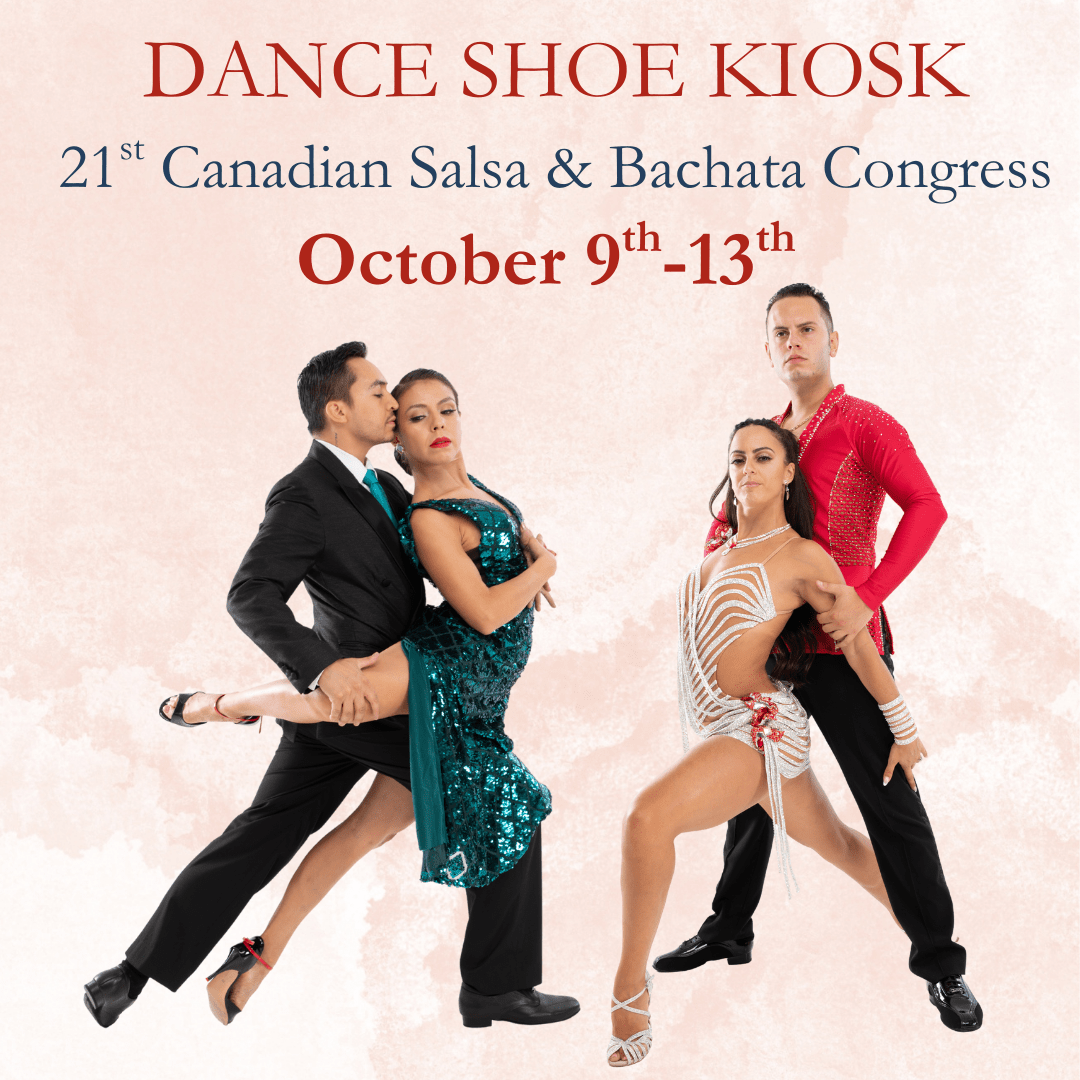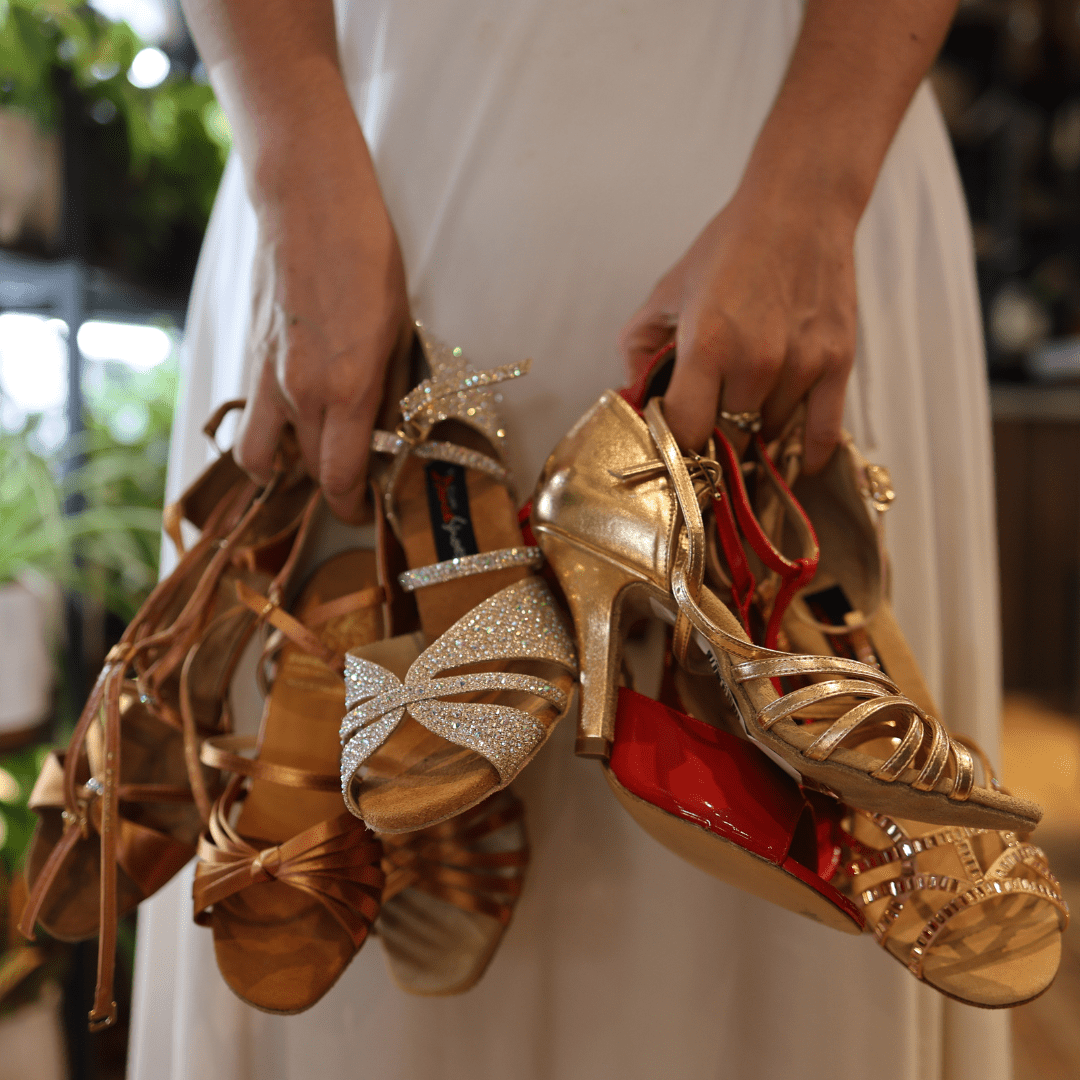The Cultural Mosaic of Ballroom Dancing
Ballroom dancing, a dance form that embodies a variety of partnered dances, is a vivid testament to cultural exchange and evolution. Originating in the royal courts of Europe, it has absorbed elements from across the globe, becoming a rich tapestry of global traditions. This exploration delves into the diverse cultural influences that have shaped ballroom dancing, showcasing how it serves as a confluence of worldwide customs.
European Roots
The journey of ballroom dancing began in Renaissance Europe, primarily as an aristocratic pastime. Dances like the Waltz, with origins in Austria and Bavaria, initially shocked society with the intimacy they entailed. However, as they gained acceptance in royal courts, they were refined into the elegant forms that laid the groundwork for modern ballroom dancing. These early dances reflect European values of grace and social order, emphasizing the importance of poise and discipline.
Latin American Vibrancy
Latin American dances have significantly impacted ballroom dancing with their lively energy and sensual movements. The Samba, Cha-Cha, Rumba, and Paso Doble, among others, originated from this region, bringing with them a fusion of African rhythms, indigenous traditions, and European influences. These dances introduced a dynamic, expressive aspect to ballroom dancing, highlighting the cultural richness of Latin America.
African Rhythms
The rhythmic complexity and expressive body movements characteristic of many Latin American dances in ballroom competitions owe much to African traditions. The African diaspora introduced profound rhythmic sensibilities and dance as expression to the Americas, elements that have become integral to ballroom dancing's vibrancy and depth.
Eastern Influence
Though more subtle, the influence of Eastern cultures on ballroom dancing is evident in the storytelling aspects and aesthetic sensibilities reflected in showdance and theatrical ballroom. This integration mirrors the narrative art form of dances in countries like India and China, where dance often serves as storytelling. Additionally, Eastern emphasis on harmony and intricacy has inspired both ballroom costume designs and choreography.
The American Contribution
The United States has been a crucible for ballroom dancing, blending European elegance with the expressiveness of Latin and Swing dances to create categories like American Smooth and American Rhythm. The inclusion of Swing, rooted in African American culture, introduced improvisation and energy, illustrating the diverse American cultural landscape and its influence on making ballroom dancing globally appealing.
Globalization and Modern Influences
Today, ballroom dancing continues to evolve, shaped by global trends and cultural exchanges facilitated by competitions, festivals, and digital platforms. This ongoing interaction fosters the adaptation and sharing of styles, techniques, and ideas, further democratizing and globalizing ballroom dancing.
Ballroom dancing stands as a testament to the enduring power of cultural exchange. From its European origins to the incorporation of Latin American energy, African rhythms, Eastern aesthetics, and American innovation, it has become a global phenomenon that celebrates cultural diversity through dance. As it evolves, ballroom dancing remains a dynamic celebration of cultural heritage, showcasing the interconnectedness and creativity of the global community. This cultural mosaic not only enriches the dance form but also reflects our ever-changing, interconnected world.




